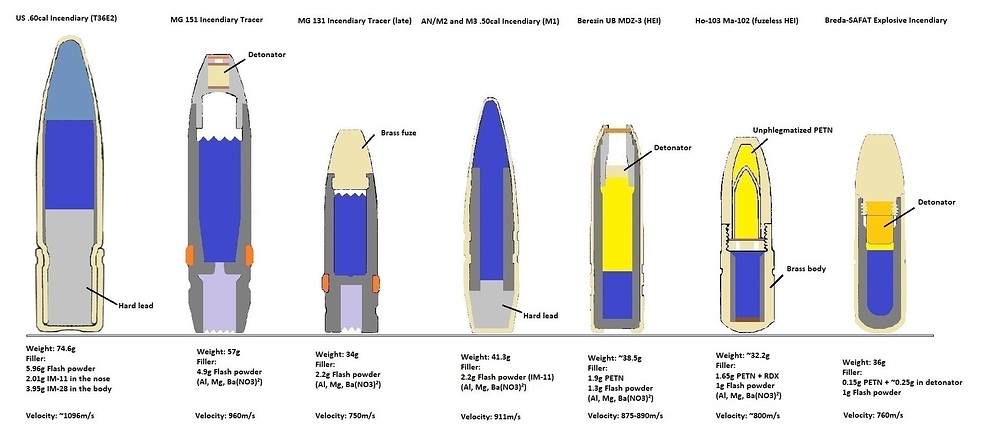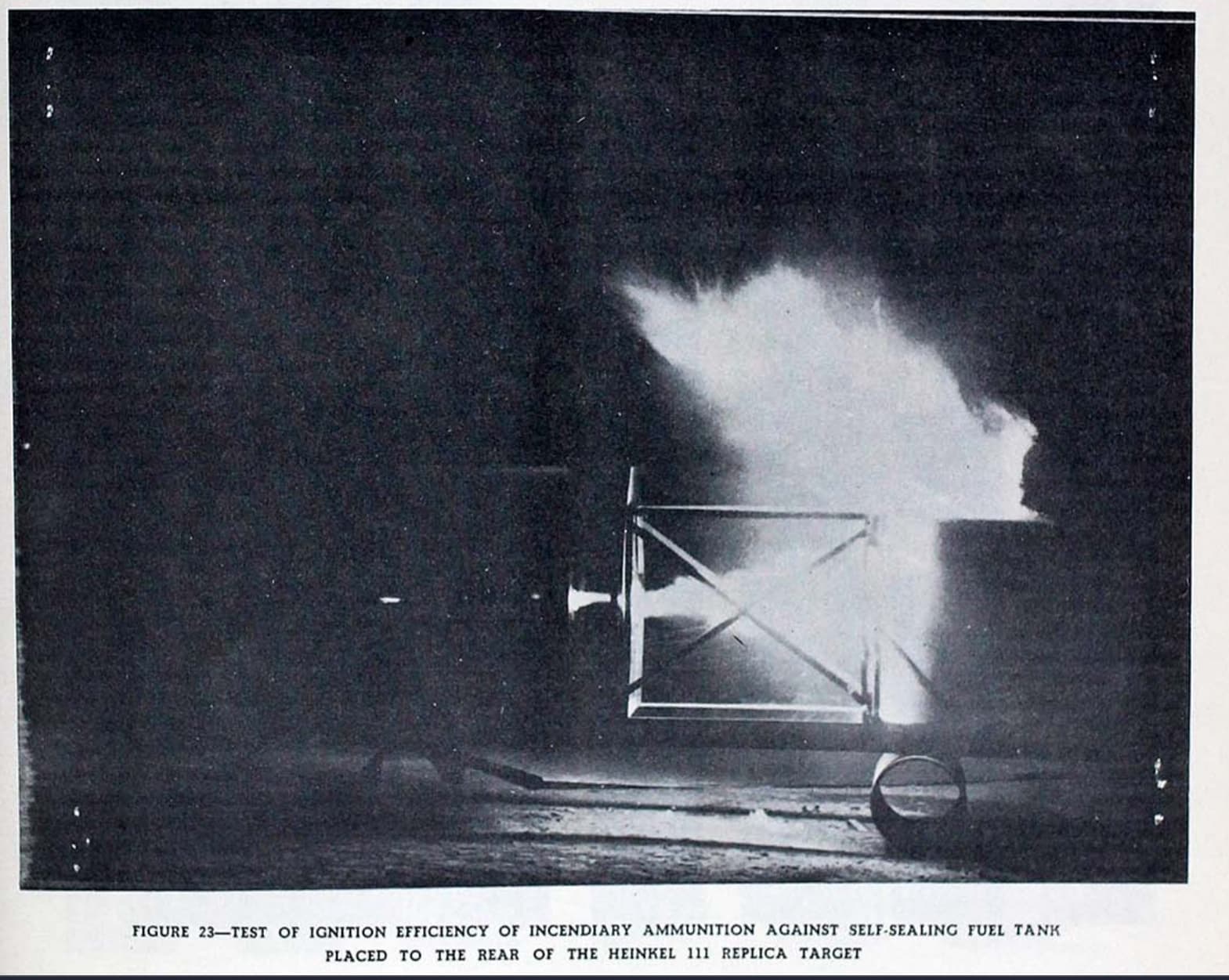We had this discussion on the Buff .50s page.
For realism, it’s that plane damage models are ridiculous weak and simplified, especially for aircraft known for durability. Some of these rounds only have a gram of filler. Take a teaspoon worth of granulated sugar, sift off some from the top. that’s 1 gram. Gaijin treats any round that it deems as having ‘high explosive filler’ as extremely powerful.
Gaijin thinks rounds with as much filler as is in a sachet of sugar you’d get with your coffee at McDonalds should be able to snap wings with a few shots. Look at Ho-103 ‘HE’ damage.
The entire damage modeling of planes is messed the hell up. And if gaijin went with the realistic route of aircraft damage. The lines would begin to blur as you’d find that planes that relied on sheer high explosive performance wouldn’t be that impressive, unless under certain circumstances versus planes using incendiary or anything that had good fragmentation. British tests with 20mm Mineshells shows that it basically blows a hole in the skin and does some light peppering as the copper jacket isn’t that destructive. And that’s on Spitfires.
You’d also find that that some aircraft would just be a pain in the rear to kill, especially overbuilt U.S. aircraft. Whilst at the same time, 20mm equipped planes would be subject to visceral ammo explosions.
U.S. incendiary M23 has 5.8 grams of filler yet gaijin doesn’t consider it ‘high explosive’
same thing with M1 incendiary it’s around 3.2-3.4 grams of filler but there’s no fragmentation as gaijin doesn’t consider it a high explosive.
Gaijin is picky-choosy.
Russian 12.7mm ‘IAI’ hits so hard it can fragment like a 20mm.
They balance damage for gameplay purposes. Not accuracy.
Gaijin likes to play favorites with machine guns.
Gaijin likes to play favorites with cannons.

